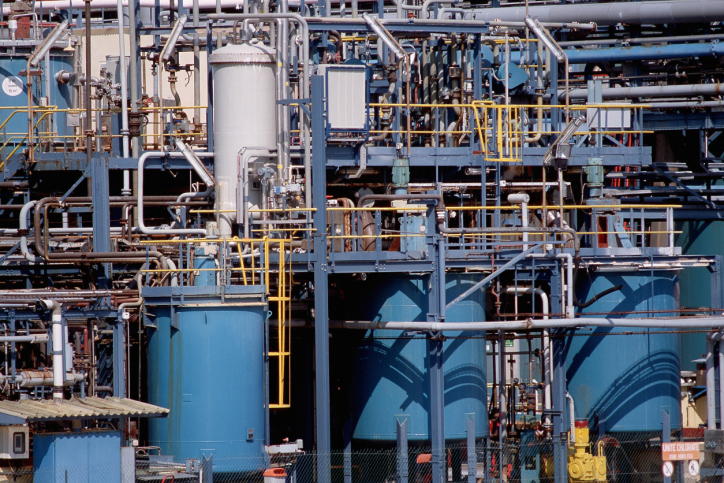
Global crude oil production currently exceeds global consumption. Not only that, the U.S. Energy Information Administration today released a new estimate of total global shale oil and gas resources that increased the number of barrels of oil available from shale deposits from a 2011 estimate of 32 billion barrels to a new total of 345 billion barrels, slightly more than 10% of total global resources. As other countries begin to adopt the horizontal drilling and fracking techniques now common in the U.S., global production will rise even further,
Lack of demand from Europe due to its economic woes and demand for imports to the U.S. have trimmed the price differential between Brent crude and WTI crude to below $10 a barrel. And while higher demand from Asia is likely to soak up new production, that demand increase is likely to be offset by the drop in European and U.S. demand.
The question is when crude prices will begin to drop, and the answer is not immediately clear. The IntercontinentalExchange Inc. (NYSE: ICE) reported in its Commitment of Traders report for the week ending June 4th, that long managed money positions in Brent crude futures and options now outnumber shorts by more than five to one. Among commercial traders, short positions outnumber longs by nearly two to one. So, producers and processors expect crude prices to fall, while speculators are betting on a rise.
One possible reason for this has been posed by energy economist Philip Verleger, who writes in his latest weekly newsletter that until the U.S. Federal Reserve’s quantitative easing program ends, U.S. crude inventories will remain high because returns to storage are better than putting cash in a bank, where it earns virtually nothing. At some point, though, U.S. inventories will have to fall if for no other reason than inventories cannot continue to grow forever.
Once the process of emptying out crude storage tanks begins, gasoline prices will begin to fall again. Until then, refining should continue to enjoy significant per barrel margins and are very likely to continue as the best performing segment of the energy sector. The poorest performing refiner over the past 12 months has been HollyFrontier Corp. (NYSE: HFC) and it’s up almost 50%. The best performer has been Tesoro Corp. (NYSE: TSO), up about 160%, followed by Marathon Petroleum Corp. (NYSE: MPC), up more than 120%, and Phillips 66 (NYSE: PSX), up more than 100%. Most are off their 52-week highs, but forward multiples for all these stocks remain between 8 and 9, indicating that they may still have some room to run.
Travel Cards Are Getting Too Good To Ignore (sponsored)
Credit card companies are pulling out all the stops, with the issuers are offering insane travel rewards and perks.
We’re talking huge sign-up bonuses, points on every purchase, and benefits like lounge access, travel credits, and free hotel nights. For travelers, these rewards can add up to thousands of dollars in flights, upgrades, and luxury experiences every year.
It’s like getting paid to travel — and it’s available to qualified borrowers who know where to look.
We’ve rounded up some of the best travel credit cards on the market. Click here to see the list. Don’t miss these offers — they won’t be this good forever.
Thank you for reading! Have some feedback for us?
Contact the 24/7 Wall St. editorial team.




